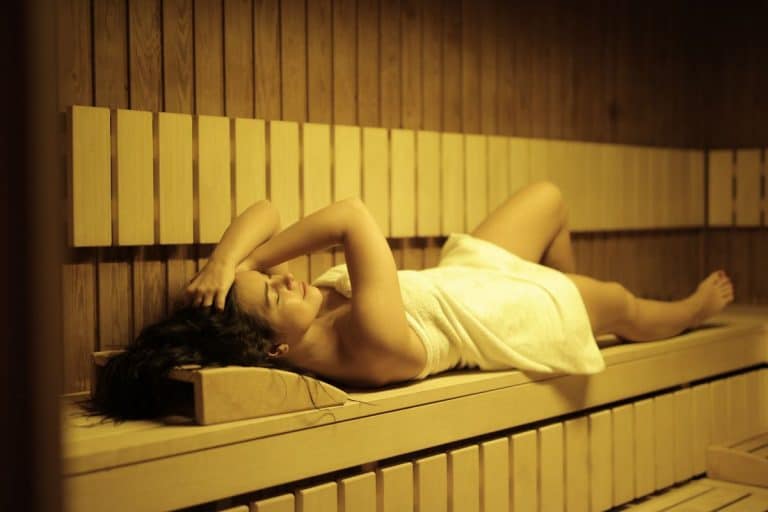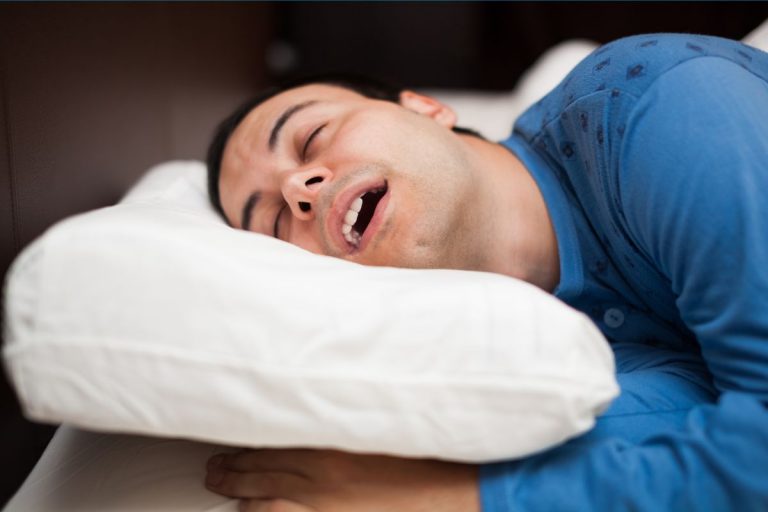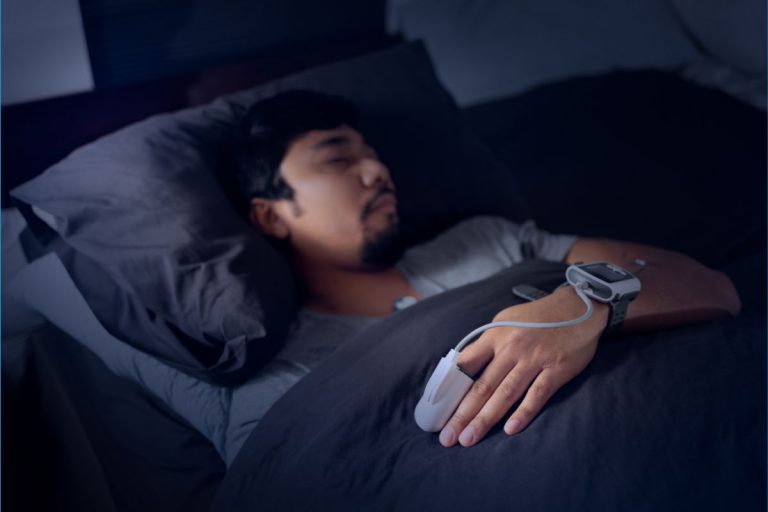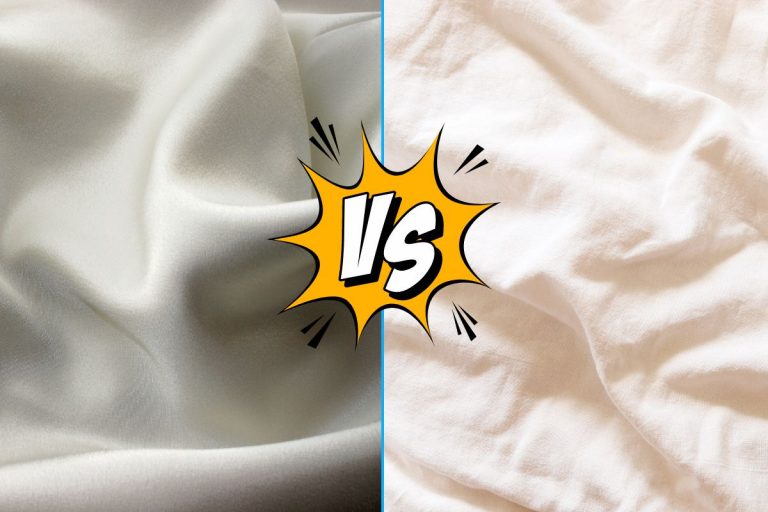Life with a wig can be both challenging and exciting. The good part is that you can own multiple different wigs and showcase a new look multiple days a week. However, the bad part is that the wig can easily be damaged, especially if you sleep with it. More importantly, the application of a wig can take hours which can hinder your daily activities and take away a lot of time.
Hair experts don’t recommend sleeping with a wig exactly because of these challenges. More often than not, they are vocally stating their opinion about the wigs and don’t shy away from it. But, saying something is easier than doing, which is why a lot of people don’t follow these rules.
But, can you sleep with a wig on without damaging your hair? If you’re being super-careful then perhaps, it’s possible. Even if sleeping with your wig once won’t damage it, there’s a possibility that frequent habits of sleeping with it will contribute to its shorter lifespan.
To learn whether you can or should sleep with a wig on at the night and how you can sleep with a wig on safely continue reading this article that we carefully crafted to help you save some time from applying and removing the wig daily.
We know how difficult, stressful and strenuous it feels to apply a wig to perfection. The content of this article will try to save you what often can be considered a chore and help you use your time doing some activities rather prefer than the time-consuming process of putting your wig on.
Can You Sleep With A Wig On Without Causing Hair Damage?
Many hair experts agree that you shouldn’t sleep with your wig on. Just like with normal hair, wigs being pushed, tossed, and pressurized during the night can lead to frizzle, split ends, hair damage, tangling that takes some time to detangle, pressure on the scalp, and more.
That being said, even if you take good care of your wig, sleeping with it on your head frequently or most of the time will considerably shorten its lifespan and cause you to have to replace it frequently. If you are restricted on budget and want to preserve your wig for as long as possible, the best thing you can do is not to sleep with it, at least not often.
However, if you still prefer to sleep with your wig but you wonder can, the answer is yes. You can. Some wigs take a long time to glue and put on, which is why a lot of people wearing them think that applying them every day takes a lot of time and prefer to sleep with them instead.
There are many types of wigs, and while some use better-quality materials there are those cheaper ones made of synthetic materials which don’t last long, especially if exposed to heat like stylers and curling irons. That’s why a lot of women choose human hair wigs and also sleep with them.
It’s no secret that a human hair wig is a better option than a synthetic wig. It is more durable and flexible, just as the real hair indeed is. However, it’s important to note that the real human hair wig is far more expensive, as it uses real hair and takes more to make.
Additionally, human hair wigs are heavier and more flexible. The hairs won’t break all that easily and are more comfortable to sleep with and won’t make you feel extremely hot when you go to sleep, unlike the synthetic hair wigs which although cheaper don’t last that long and can’t take as much beating and damage.
There are many benefits of why you should sleep with a wig. However, they’re all associated with your time. Sleeping with a wig on means that you’ll have more time for your day-to-day activities, getting ready to go out, or organizing a better bedtime routine.
More importantly, many people remove their wigs in a rush and damage the wig in the process. The damage of wig removal is much bigger and faster noticeable compared to the damage that occurs during sleep with the wig.
Still, that’s not to say that sleeping without a wig doesn’t come without disadvantages. There are several of them, which is exactly why hair experts don’t recommend people to sleep with their wig on unless they really must.
Risks of Sleeping With a Wig On
The risks of sleeping with a wig on are listed below. They should help you decide whether you should wear it or not, but keep in mind that everyone’s case is unique and individual, and every wig is different.
Friction Damage
The first and main cause of wig damage is caused by frizzling and friction that occurs as we’re sleeping. If you’re a back sleeper and you lay on your wig, likely, the pressure and friction applied between you, the wig and the pillowcase will eventually lead to the damage to the wig.
Friction will also cause the wig to build up tangles and knots that tie as you change sleep positions. Moreover, if you sleep on cotton pillowcases all the moisture might be absorbed and cause your wig to lose its flexibility over time.
Editor’s notes: Replace the cotton pillowcases with silk or satin pillowcases that won’t cause your wig to decay.
Pressure on Scalp
If you ever woke up with a headache after tying your hair into a bun, then you must know that sleeping with a wig will also place pressure on your scalp, as it lays on it under a different angle than the natural hair would lay on.
The scalp needs to relax and de-pressurize which is super-important for your hair. If you had a special condition that caused you to wear a wig but your hair is growing again, then sleeping with a wig is a bad idea as it can stop your hair from growing properly.
It Requires Care After Waking Up
Although the wig hair after waking up takes considerably less time than applying and removing your wig from the head, it can still be time-consuming as you should comb your wig frequently. Nevertheless, everyone always makes time for it, so it doesn’t feel like too tedious work unless you’re in a hurry to somewhere.
How to Sleep With a Wig: 6 Tips
After counting the disadvantages of sleeping with your wig on frequently, we listed the tips and tricks you should use if you choose to sleep with a wig. It’s no secret that natural hair wigs are to explode in use by 2030. The report shows statistics that tell us that a lot of brands will be in the game by then. Continue reading for more!
1. Prepare Your Wig For Sleep
This one may seem too obvious, but to prevent your wig from suffering from friction and frizzle in the night, one of the smartest things that you can do is to prepare it and raise your wig so that it wouldn’t be affected by your changing sleeping positions.
If you’re a side or back sleeper and you own a long hair wig, you should consider placing the hair behind your head on another pillow to avoid your hair frizzling and tangling.
Editor’s notes: Alternatively, you could make one or two braids out of your hair which would prevent it from frizzling or making friction. You can also raise it into a ponytail or with hair pins. Also, don’t forget to comb your hair before bedtime.
2. Wrap Your Head
If your wig isn’t as long as enough to tie it into a ponytail or a braid, then the alternative way is to wrap your head to prevent your wig from losing moisture, shine, and flexibility, regardless of whether you’re using the human hair or synthetic wig.
How to do it? It’s quite simple, lay flat on your back and wraps your head into a scarf. Additionally, you will need a hairpin or a clip to close up the scarf in case it’s too short and can’t be closed on your own. Make sure to tighten the ends so that your wig won’t slip off, or that the scarf doesn’t fall off.
Editor’s notes: It probably doesn’t matter what material you’ll use for a scarf. However, many hair experts don’t recommend you use cotton or other materials other than silk and satin. They are usually pricier materials when it comes to scarves but are quite effective at keeping your wig fresh.
3. Silk & Satin Pillowcases
If you invest in a silk scarf for your wig, you should invest in a silk or satin pillowcase as it won’t absorb the moisture and it will prevent your wig from tangling and frizzling. Additionally, In case your wig slips off during the night, the silk pillowcase will protect your wig from frizzling.
It’s worth mentioning that silk pillowcases won’t completely protect your wig from tangling occasionally, after all, there are no perfect pillowcases. Still, it’ll be considerably less than with those other materials such as pure cotton.
Editor notes: There are a lot of options on the market, but our favorite one is Mulberry Silk Pillowcase by Brooklinen. If you opt for a satin pillowcase, we loved how the Kitsch pillowcase feels.
4. Comb Regularly
Just like with natural hair, you have to take good care of your wig. Even if it’s made with synthetic hair strands, good care and attention to your wig are of utmost importance before and after sleeping if you choose to sleep with it.
There are different ways to comb your hair properly and depending on the length of your hair, it may be easier or harder.
Editor’s notes: Remember that combing your wig after sleeping with it may not be easy because it may get tangled and frizzled. If you notice that there are knots on the strands, don’t comb forcibly, see if there’s a way to detangle that part of hair without using the comb or brush roughly, as that can make more damage than good to your wig.
5. Don’t Wear It Every Night
We know that a busy lifestyle and the hustle culture may affect you in a way that you don’t have time to set up and remove your wig every night. Still, if you want to ensure the longevity and durability of your wig, you should consider giving it a break. That means that you can still sleep with your wig on but still choose to occasionally take it off, like on weekends if you have days off and more free time.
Editor’s notes: Removing your wig now and then is not only good for the longevity of your wig, but also the growth of your natural hair. Additionally, you should make a planner and plan your free time during which you won’t be too busy to apply and remove the wig. You can start with three days without a wig and four with a wig during the week and then change it based on your needs.
6. Buy An Alternative Wig
Some people prefer to have multiple wigs. However, if you are using natural hair wigs, they get too expensive and difficult to maintain. Nevertheless, it’s not that bad of an idea if you can afford to have multiple wigs at once.
For one, having an alternative wig means you can change different hairstyles and always look fashionable. Another thing includes being able to replace the heavily damaged wig with the alternative one in case your primary wig started tangling and frizzling too much.
If you alternate between two or more wigs, that means that you’ll give one break while wearing another one and extend the lifespan of both wigs. Applying them separately may appear like an annoying task, but you don’t have to alternate between them daily.
Some people even use a wig for daytime use and a wig for sleeping, which can be difficult to use if you have limited free time for application or removal, but as long as it works for some people, it may also work for you.
Also Read:
- Can You Sleep with a Waist Trainer on?
- Can You Sleep With Salonpas On?
- Can You Sleep With Tampon In?
- 10 Dangers of Sleeping with Wet Hair (And 5 Things You Can Do)
- What Should You Do With Long Hair While Sleeping? (A Guide For Everyone)
- 21 Hairstyles to Sleep In: Curly, Wavy, Straight and Short Hair





